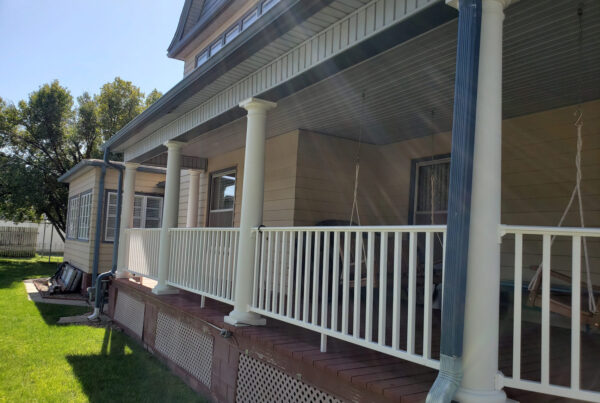Trading CME® Random Length Lumber futures gives mills, wholesalers, homebuilders and retail dealers a way to manage price risk and to take advantage of price opportunities. The contract specifies softwood 2 x 4s, the type used for rehabbing and construction. Individual investors like lumber as well, due to its price trending nature and keen ability to track the economy.
A futures contract legally binds two parties – the seller (the short) and the buyer (the long) – to delivery of a standardized commodity in a set futures contract month. Quantity, quality and location of delivery point(s) are the same for each contract traded. Only the price is left unspecified until the moment the contract is executed between a buyer and a seller.
Lumber Investing
Investors actually like that cash lumber prices are often unpredictable and volatile. Supplies can change due to mill closings, environmental policies and other factors. Demand also tends to shift rapidly, based on interest rates and other economic conditions that affect housing starts. As a result, lumber prices react to supply and demand imbalances with frequent and often extreme changes.
Lumber Futures Prices/Rates
Lumber trading contracts consist of 110,000 bd. ft. of random lengths 2x4s (8′ to 20′).
The price point descriptions are 1 point = $.10 per 1,000 bd. ft., or $11 per contract
Lumber Futures Contract Trading
In 1969, CME became the first exchange to offer price protection to the forest products industry with the listing of CME Random Length Lumber futures contracts. Firms engaged in producing, processing, marketing or using lumber and lumber products have been able to hedge their risk exposure and reduce the risk of holding or acquiring inventory through taking an equal and opposite position in CME Random Length Lumber futures.
Lumber Trading Strategy
Large lumber moves due to large volume All along the distribution chain, most firms speculate on the cash price of lumber. Between each stage – forest, mill, processor, wholesaler, retailer, builder, or end-user – economic developments may cause unfavorable price changes because of the time lag between purchase and final sale. Even if the lag is only a few days or weeks, the risks are enormous. For example, statistics of the North American Wholesale Lumber Association show that its member firms carry about a half-billion dollars worth of distribution inventory. As little as a two percent drop in lumber price could cost that segment of the industry more than $10 million.
Lumber Trading Major Indicators and indices
The lumber delivery contract months are as follows: January, March, May, July, September and November. The last day of trading is the business day prior to the 16th calendar day of the contract month. The last day of lumber trading is the business day prior to the sixteenth calendar day of the contract month.
Lumber Trading News
There are a number of publications and sources for lumber trading information in North America. A lumber trader may be able to better understand the marketplace by looking to additional sources of information to enhance their trading profits.
Trading lumber may be used for business expansion purposes, without increasing risk to the company. Business expansion hedges look similar to price protection hedges, but they go out beyond 30-or 60-day limits when such business deals are normally transacted.
After lumber traders develop a foundation of knowledge of the production cycles of lumber cultivation and processing, it is important to recognize how that knowledge needs to be combined with an understanding of economic factors that affect each aspect of getting the lumber from forest to jobsite. Traders need to examine the relationship between world-wide economic conditions and lumber prices and trends.









